For commercial property landlords and tenants, safety and compliance are paramount. One critical aspect in maintaining these standards is the Electrical Installation Condition Report (EICR). This document is not only a crucial safety measure but also a mandatory requirement in many areas. Here, we explore the significance of EICR for commercial lets, delving into why it’s necessary, what it entails, and the implications for failing to obtain one.
Understanding EICR
An EICR is an assessment conducted by a qualified electrician to check the safety and condition of electrical installations in a property. This report identifies any deficiencies against the national safety standard for electrical installations and proposes necessary remedial works. For commercial properties, this is not just a recommendation—it’s often a legal requirement to ensure the safety of all occupants and the operational integrity of business operations.
The Legal Requirements
The requirement for an EICR in commercial settings can vary depending on local regulations. However, in many regions, including parts of the UK, landlords are required to have their electrical systems inspected and tested regularly. These inspections must be performed by a qualified professional who will evaluate the safety of the electrical installations and ensure they meet the current electrical standards.
The frequency of these inspections depends on several factors including the type of commercial activity, the age of the installation, and previous EICR results. Typically, it is recommended that commercial properties undergo this inspection at least every five years or upon change of occupancy.
Why Commercial Lets Require EICR
1. Safety: The primary reason for obtaining an EICR is to ensure the electrical systems are not a safety hazard. Faulty electrical installations can lead to serious accidents, including fires and electric shocks, which could be fatal in some instances.
2. Compliance: Failing to comply with legal requirements for electrical safety can result in hefty fines and legal actions against the property owner. In some cases, insurance companies might not cover damages caused by electrical faults if an up-to-date EICR is not held.
3. Preventative Maintenance: Regular EICR checks can help identify potential problems before they escalate into serious issues. This not only saves money in the long term but also minimizes downtime caused by unexpected electrical failures.
The EICR Process
When conducting an EICR, the electrician will assess various elements of the property’s electrical installation, including wiring, sockets, light fixtures, and the fuse box. The inspection involves both a visual examination and testing the installation to check its condition. After the assessment, the electrician will issue the EICR which details any observed damages, deterioration, defects, or non-compliances with current safety standards.
The report will categorize findings based on the level of risk they pose. Codes are typically used to indicate the urgency of the issue, ranging from recommendations for improvements to urgent remedial actions required.
Consequences of Neglecting EICR
Neglecting to obtain an EICR for a commercial let can have severe repercussions. Beyond the legal implications, there is a moral duty to ensure the safety of tenants and visitors. Moreover, electrical faults can cause extensive property damage and financial loss due to operational disruptions.
Obtaining an EICR for a commercial let is not only a legal obligation in many jurisdictions but also a critical component of property management that ensures safety and compliance. For commercial landlords, staying diligent with EICR checks is an indispensable practice that safeguards their property, tenants, and business reputation, contact us to find out more.


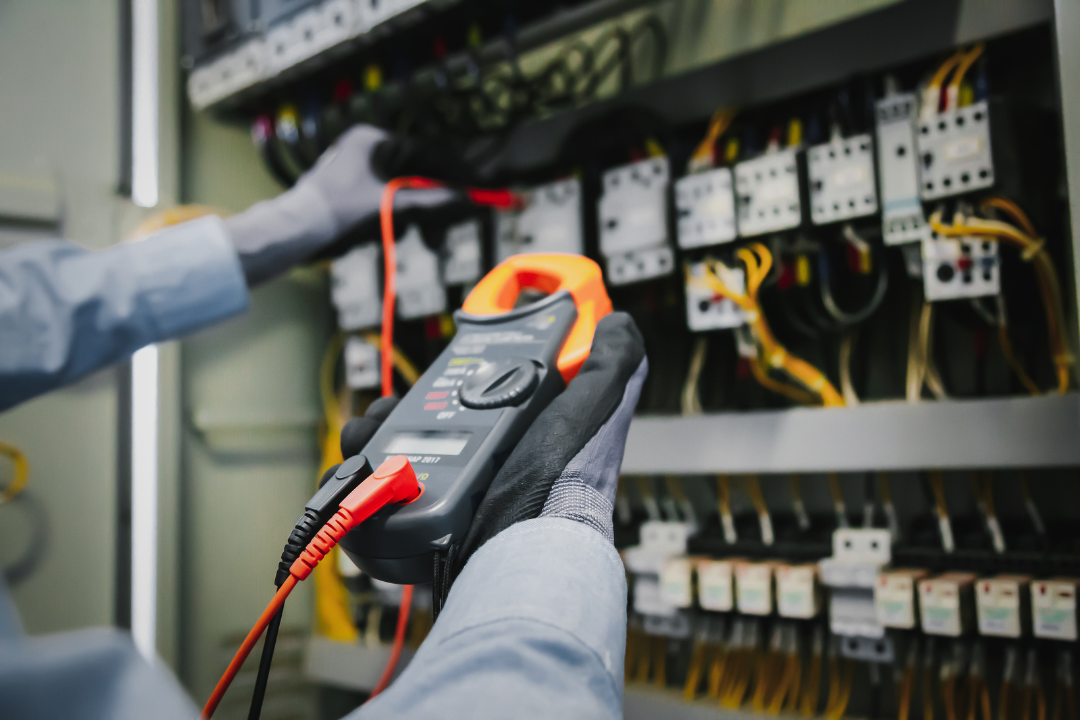
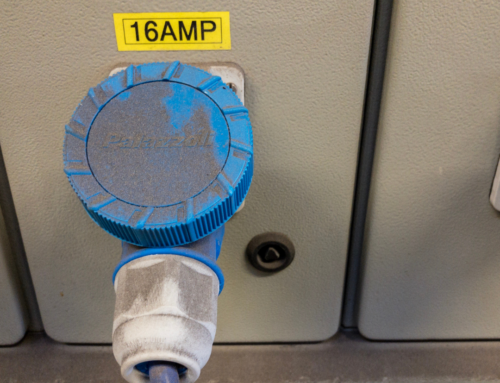
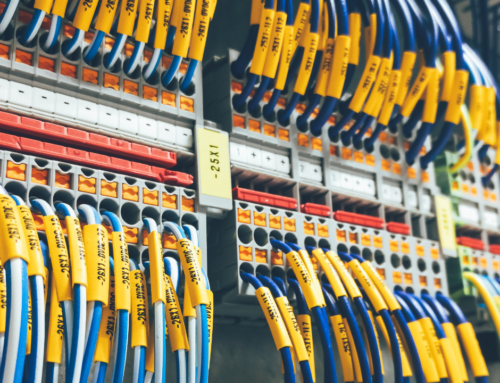
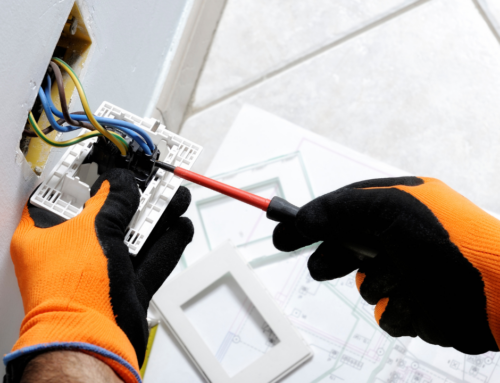
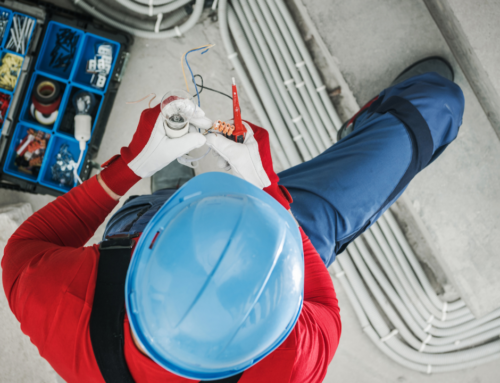
Leave A Comment